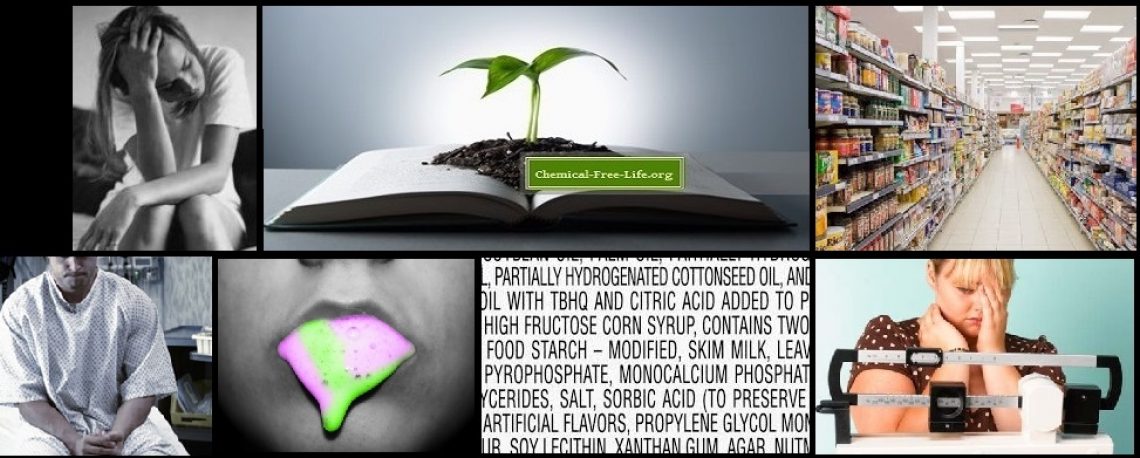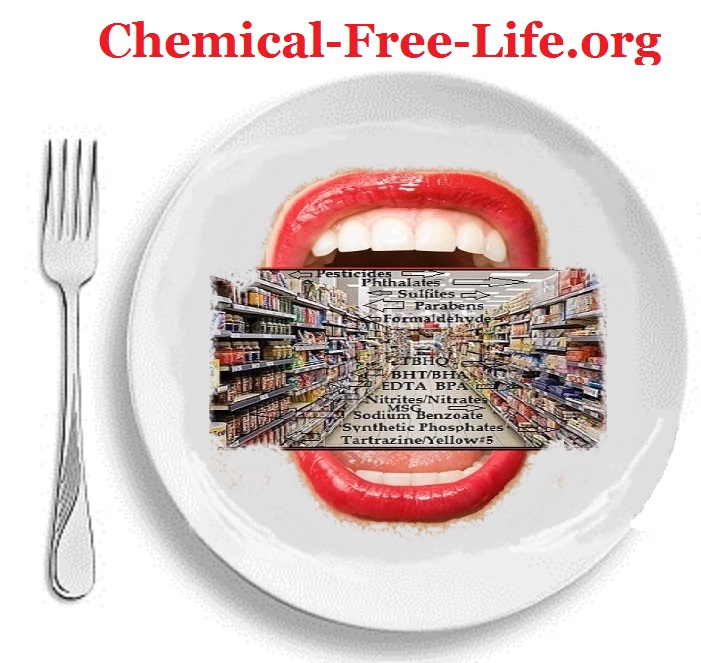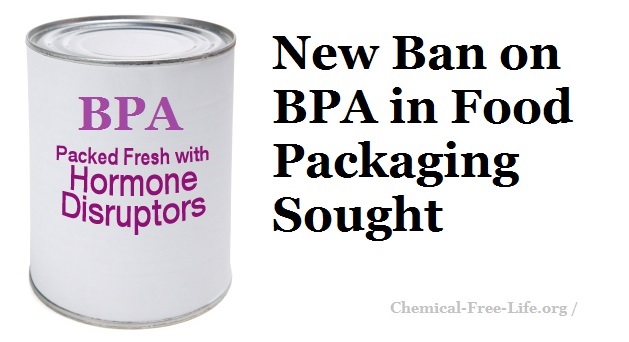The U.S. Food and Drug Administration (FDA) has finally decided to take another look at the safety of allowing food manufacturers to inject BPA (bisphenol-A) into consumers’ food containers. The chemical leaches from the containers like cans and plastic bottles into our food. That much scientists have known for a very long time. And BPA is an endocrine disruptor linked with myriad of very serious health outcomes–that too we have known for a long time*. Additionally, it takes very little BPA inside food containers to raise the risk of serious health problems.** Even given the scientific evidence, the FDA has previously sided with Big Food and has permitted them to use BPA in food containers for decades.*** Now, however, the FDA will be forced to revisit their decision in response to a legal petition filed by a coalition of healthcare professionals, scientists, and public health and environmental organizations.
We can only hope that if the FDA determines to ban BPA that they do not permit manufacturers to use other chemicals in the bisphenol family, as chemicals such as BPS (bisphenol-S) and BPF (bisphenol-F) have already been determined in scientific studies to pose as big a harm to health and well-being–if not bigger–than BPA.
The FDA final decision on the safety of BPA in U.S. consumers food is due by Oct. 31, 2022.
–
*The Mayo Clinic has stated: “Exposure to BPA is a concern because of the possible health effects on the brain and prostate gland of fetuses, infants, and children. It can also affect children’s behavior.” And in adults, in addition to the link between BPA and obesity, Mayo Clinic says: “Additional research suggests a possible link between BPA and increased blood pressure, type 2 diabetes, and cardiovascular disease.”
–
**The European Food Safety Authority (EFSA) Expert Panel found that “harmful effects from BPA exposure can occur at levels tens of thousands times lower than previously thought–indicating that even extremely low exposures to BPA can lead to an overactive immune system likely producing out-of-control inflammation in the human body. Most Americans get 5,000 times more BPA in their daily diet than the EFSA expert panel says is safe.
–
***In 2012, FDA restricted the use of BPA in baby bottles and sippy cups, although it has maintained that the current low levels of BPA found in food from the packaging are safe.

What can you do to avoid being contaminated by BPA?
-Buy frozen or fresh fruits and veggies and avoid canned food.
–Do not allow plastic drink bottles of water to become warm (like sitting in the hot sun or inside a closed vehicle).
–Do not ever microwave food inside plastic containers. Always transfer food to a glass container before heating.
-Do not use cracked, split or yellowed plastic food containers to store food.
-Speak with your dentist about Bisphenol-Free options for fillings/sealants, etc.
–Do not handle cash register or ATM receipts.
–Use stainless steel or glass water bottle containers.
∴

Listen to Dr. Pam’s Radio Program on BPA
∴

For more information on the scientific findings linking BPA to myriad of health problems, go to our BLOG page, scroll down to the Search box and put in “BPA”.
Or CONTACT us and we will send you links to the scientific research.
Dev


